Blogs & News
We are focus on automotive wiring harness & connectors technology.
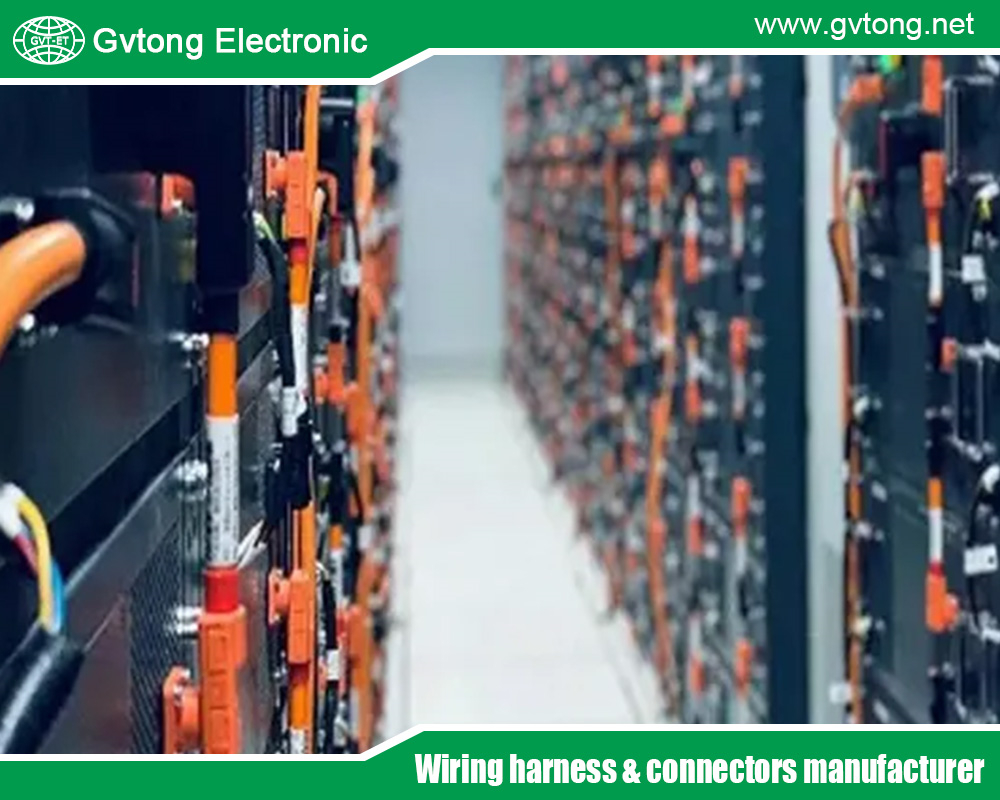
Automotive Power Distribution Connectors: Powering the Future of Mobility
- Gvtong Electronic
- automotive antenna connector, automotive coaxial connector, automotive data connector, automotive diagnostic connector, automotive electrical connector, automotive High voltage connector, automotive hybrid connector, automotive Low voltage connector, automotive Oil-resistant Connectors, automotive optical fiber connector, Automotive power distribution connector, automotive power distribution connectors, automotive power distribution connectors manufacturer, automotive power distribution connectors supplier, automotive Signal Connector, automotive waterproof connectors, Battery management system (BMS) connectors, Blind-mate automotive connectors, Customized Busbar, Customized sensor components, Customized Structural Parts, Energy Storage Wire, EV charging connectors, GA Series-Aviation Plug Connectors, GB Series-Energy Storage Connectors, GD Series-Combined Power Connectors, GE Series-Signal Connectors, GF Series-Floating Connectors, GH Series-Plastic Connectors, GM Series-Metal Connectors, GR Series-Circular Connectors, GT Series Connectors - others, GVTong Model Connectors, High Pressure Connectors, High Pressure Wire, Industrial Control Connectors, Lightweight automotive connectors, Low Pressure Connectors, Low Pressure Wire, Medical Wire, Modular automotive connectors, Pre-charge/discharge connectors, Precision injection molding/coated parts, Wind And Solar Storage, Wiring harness
- No Comments
Automotive Power Distribution Connectors: Powering the Future of Mobility
Modern vehicles are marvels of engineering, blending mechanical prowess with sophisticated electronics to deliver performance, safety, and comfort. At the core of this technological evolution are automotive power distribution connectors, unsung heroes that ensure electrical power flows reliably to every system, from headlights to electric drivetrains. As vehicles become increasingly electrified and complex, these connectors play a pivotal role in managing high currents, reducing weight, and enhancing efficiency.Power distribution connectors are more than just plugs—they are meticulously designed components that must withstand harsh conditions while delivering consistent performance. This article dives deep into the world of automotive power distribution connectors, exploring their types, applications, technical requirements, benefits, challenges, and the innovations shaping their future. By the end, you’ll understand why these connectors are the backbone of today’s and tomorrow’s vehicles.
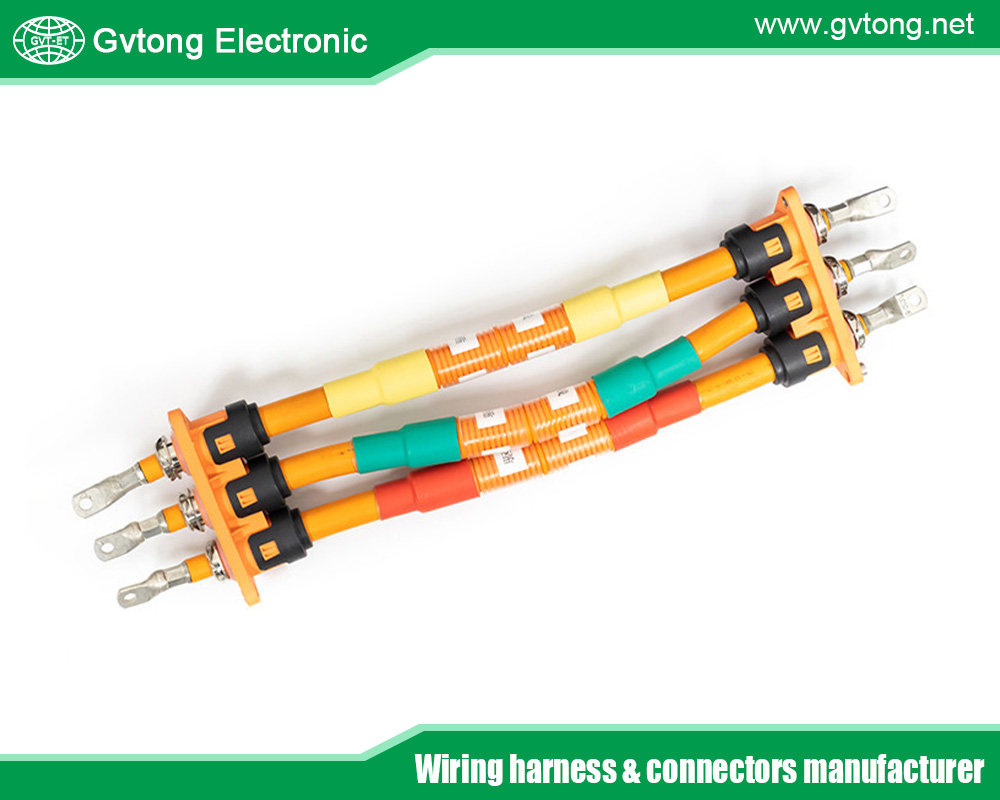
What Are Automotive Power Distribution Connectors?
Automotive power distribution connectors are specialized components that facilitate the transfer of electrical power between a vehicle’s power source (e.g., battery, alternator, or power distribution unit) and its various systems. Unlike data connectors, which focus on signal transmission, or hybrid connectors, which combine power and data, these connectors are optimized for high-current, high-voltage applications, ensuring that critical systems like motors, lighting, and electronics receive the energy they need.
Key Functions
- Power Delivery: Transmit electricity (often at high currents or voltages) to components like electric motors or ECUs.
- Safety: Incorporate features like insulation and locking mechanisms to prevent electrical faults or disconnections.
- Durability: Withstand vibrations, extreme temperatures, and environmental stressors common in automotive settings.
Components
A typical power distribution connector includes:
- Contacts/Pins: Conductive elements (often copper or aluminum) for current flow.
- Housing: Robust casings (e.g., polyamide or metal) for protection against heat, moisture, and vibration.
- Sealing: Gaskets or O-rings to achieve high ingress protection (e.g., IP67).
- Locking Mechanisms: Ensure secure connections despite vehicle motion.
These connectors are engineered to balance performance, safety, and compactness, making them essential for modern automotive architectures.
Types of Automotive Power Distribution Connectors
The automotive industry employs a variety of power distribution connectors, each tailored to specific applications and requirements. Here are the main types:
- Battery Connectors
- Overview: Designed to connect the vehicle’s battery to the power distribution system.
- Applications: Powering starter motors, charging systems, and auxiliary electronics.
- Example: High-current terminals in electric vehicles (EVs) handling up to 400A.
- High-Voltage Connectors
- Overview: Built for high-voltage systems (up to 1000V) in EVs and hybrids.
- Applications: Linking battery packs to inverters or motors.
- Example: TE Connectivity’s HVA 280 series for EV powertrains.
- Power Distribution Unit (PDU) Connectors
- Overview: Connect the PDU to various subsystems, distributing power efficiently.
- Applications: Managing power flow in complex architectures like those in autonomous vehicles.
- Example: Multi-port connectors in Tesla’s power distribution systems.
- Fuse and Relay Connectors
- Overview: Integrate with fuses or relays to protect circuits and manage power allocation.
- Applications: Protecting sensitive electronics like infotainment or lighting.
- Example: Mini-ISO relay connectors in traditional vehicles.
- Charging Connectors
- Overview: Used in EVs for connecting to external charging infrastructure.
- Applications: Fast-charging systems like CCS (Combined Charging System) or CHAdeMO.
- Example: CCS Type 2 connectors supporting up to 350 kW.
Each type is designed with specific current, voltage, and environmental requirements in mind, ensuring versatility across vehicle types.
Applications of Power Distribution Connectors
Power distribution connectors are integral to nearly every vehicle function, enabling the following key applications:
- Electric and Hybrid Vehicles
- Role: Deliver high power (e.g., 400–800V) to drive motors, inverters, and battery management systems (BMS).
- Example: In a Tesla Model Y, high-voltage connectors link the battery to the drivetrain, ensuring efficient energy transfer.
- Traditional Internal Combustion Engine (ICE) Vehicles
- Role: Power essential systems like starters, alternators, and lighting.
- Example: Battery connectors supply the initial surge to crank the engine.
- Advanced Driver-Assistance Systems (ADAS)
- Role: Provide stable power to sensors, cameras, and processors.
- Example: PDU connectors distribute energy to radar units for collision detection.
- Infotainment and Comfort Systems
- Role: Supply power to screens, speakers, and climate control systems.
- Example: Fuse connectors protect the circuits powering a car’s touchscreen display.
- Charging Infrastructure
- Role: Enable fast and reliable charging for EVs.
- Example: CCS connectors deliver high power for rapid charging at public stations.
These applications highlight the connectors’ role in supporting both traditional and cutting-edge automotive systems.
Technical Specifications and Standards
Automotive power distribution connectors operate in demanding environments, requiring rigorous specifications and adherence to industry standards.
- Current and Voltage
- Range: From low-current (5–20A) for auxiliary systems to high-current (200–400A) for EV powertrains.
- Voltage: Up to 12V/48V for traditional vehicles; 400–1000V for EVs.
- Example: A high-voltage connector in an EV must handle 400A at 800V without overheating.
- Environmental Durability
- Temperature Range: -40°C to 125°C, with some designs tolerating peaks up to 150°C.
- Vibration Resistance: Up to 20G, per ISO 16750, to endure rough roads.
- Ingress Protection: IP67 or IP69K, ensuring resistance to dust, water, and chemicals.
- Safety Features
- Insulation: Prevents short circuits in high-voltage systems.
- Locking Mechanisms: Secure connections to avoid accidental disconnection.
- Shielding: Reduces electromagnetic interference (EMI) to protect nearby electronics.
- Standards
- ISO 16750: Environmental testing for electrical equipment.
- IEC 62196: EV charging connectors (e.g., CCS, CHAdeMO).
- SAE J3108: High-voltage connector safety for EVs.
- AEC-Q100: Reliability standards for automotive electronics.
These specifications ensure connectors perform reliably under the toughest conditions.
Advantages of Automotive Power Distribution Connectors
The adoption of advanced power distribution connectors brings significant benefits:
- Efficient Power Management
- Benefit: Precise delivery of high currents to critical systems.
- Impact: Enhances vehicle performance and energy efficiency.
- Weight and Space Savings
- Benefit: Compact designs reduce wiring harness complexity.
- Impact: Improves fuel efficiency (in ICE vehicles) or range (in EVs).
- Enhanced Safety
- Benefit: Features like insulation and locking mechanisms prevent faults.
- Impact: Reduces risks of electrical fires or system failures.
- Scalability
- Benefit: Supports evolving needs, from 12V to 800V systems.
- Impact: Future-proofs vehicles for new technologies.
- Reliability
- Benefit: Built to withstand harsh conditions.
- Impact: Lowers maintenance costs and boosts vehicle longevity.
These advantages make power distribution connectors a cornerstone of modern automotive design.
Challenges and Limitations
Despite their strengths, power distribution connectors face challenges that the industry must address:
- High Costs
- Challenge: Advanced materials (e.g., copper alloys, robust polymers) and manufacturing increase costs.
- Impact: Limits adoption in budget vehicles.
- Thermal Management
- Challenge: High currents generate heat, risking damage or performance loss.
- Impact: Requires cooling solutions like heat sinks or liquid cooling.
- Design Complexity
- Challenge: Balancing high power, safety, and compactness is difficult.
- Impact: Increases engineering and testing time.
- Compatibility
- Challenge: Ensuring interoperability across brands and systems.
- Impact: Complicates integration in multi-vendor setups.
- Weight vs. Performance
- Challenge: High-current connectors can be bulky.
- Impact: Conflicts with the push for lightweight vehicle designs.
Addressing these challenges is critical for broader adoption and innovation.
Current Applications and Case Studies
Power distribution connectors are already transforming the automotive landscape:
- Electric Vehicles
- Case Study: The Rivian R1T uses high-voltage connectors to deliver 800V to its quad-motor system, enabling 0–60 mph in 3 seconds.
- Impact: Ensures efficient power delivery for high performance.
- Hybrid Vehicles
- Case Study: Toyota’s Prius employs PDU connectors to distribute power between its battery, motor, and gasoline engine.
- Impact: Optimizes energy use for fuel efficiency.
- Autonomous Vehicles
- Case Study: Waymo’s self-driving cars use ruggedized connectors to power LiDAR and computing systems.
- Impact: Supports reliable operation in safety-critical applications.
- Charging Infrastructure
- Case Study: Tesla’s Supercharger network relies on high-power CCS connectors for 250 kW charging.
- Impact: Reduces charging time, enhancing EV usability.
Leading manufacturers like TE Connectivity, Amphenol, and Molex are driving innovation, producing connectors tailored for these demanding applications.
Future Trends and Innovations
The future of automotive power distribution connectors is poised for exciting advancements:
- Higher Voltage Systems
- Trend: Shift to 800V and beyond for faster EV charging and efficiency.
- Impact: Requires connectors with enhanced insulation and thermal management.
- Lightweight Materials
- Trend: Use of aluminum or composite materials to reduce weight.
- Impact: Boosts range and efficiency in EVs.
- Smart Connectors
- Trend: Embedding sensors to monitor temperature, current, or wear.
- Impact: Enables predictive maintenance and improved safety.
- Standardization
- Trend: Unified standards for high-voltage connectors.
- Impact: Simplifies manufacturing and improves interoperability.
- Sustainable Designs
- Trend: Eco-friendly materials and recyclable components.
- Impact: Aligns with the industry’s green goals.
These trends signal a future where connectors are smarter, lighter, and more efficient, supporting the next generation of vehicles.
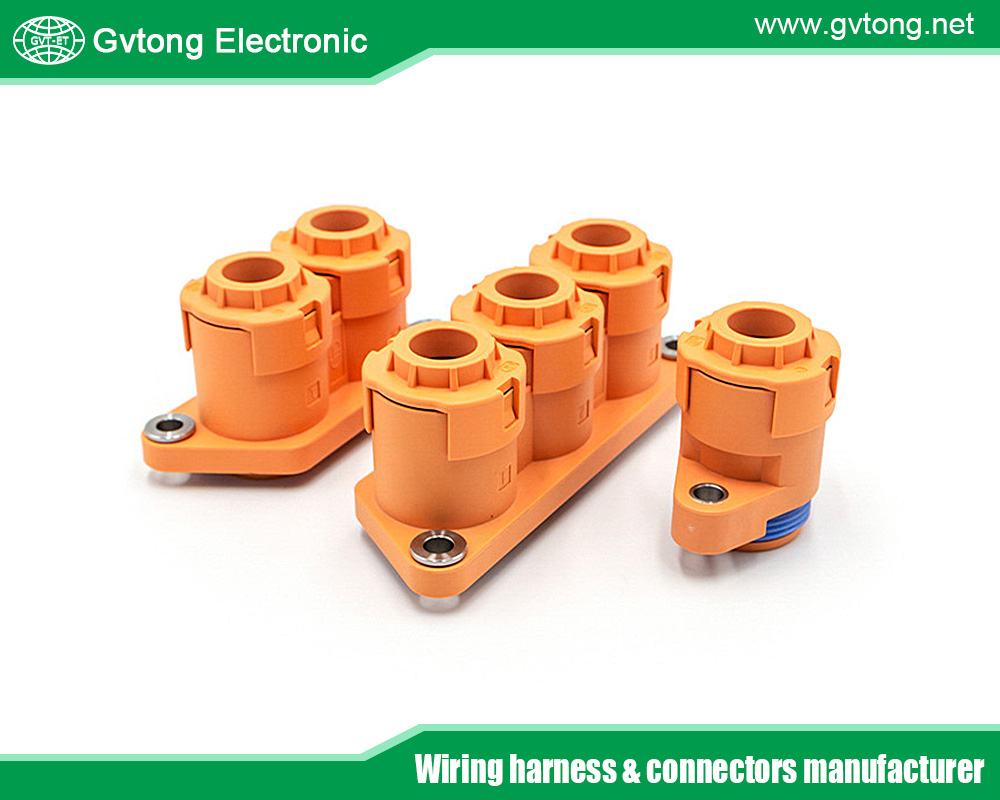
Conclusion
Automotive power distribution connectors are the silent workhorses that keep vehicles powered and performing. From electric vehicles to autonomous systems, they enable the efficient, safe, and reliable delivery of energy in increasingly complex automotive architectures. While challenges like cost and thermal management persist, ongoing innovations in materials, design, and standardization are paving the way for broader adoption.As the automotive industry races toward electrification and autonomy, power distribution connectors will remain a critical enabler, ensuring that every watt of energy reaches its destination. For engineers, manufacturers, and drivers alike, these connectors are not just components—they’re the key to unlocking the full potential of modern mobility.
For more about the best automotive power distribution connectors: powering the future of mobility, you can pay a visit to Gvtong at https://www.gvtong.net/ for more info.
Recent Posts
The Best GR Series-Circular Connectors Manufacturer
The Best GD Series Combined Power Connector Manufacturer
A Guide to Selecting the Best GH Series Plastic Connector Manufacturer
How High Pressure Connectors Work?
The Best Automotive Connector Companies
Tags
Recommended Products
-
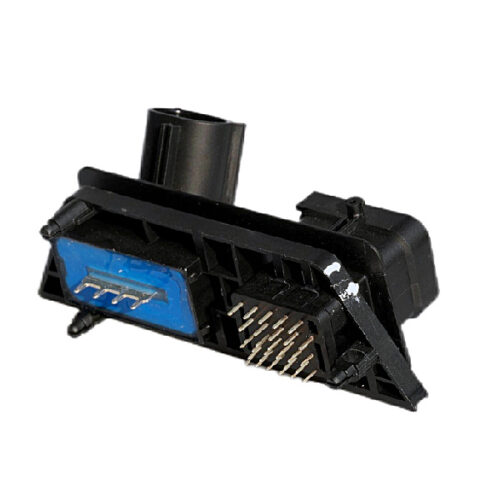
GE Series-33-core Signal Connector
-
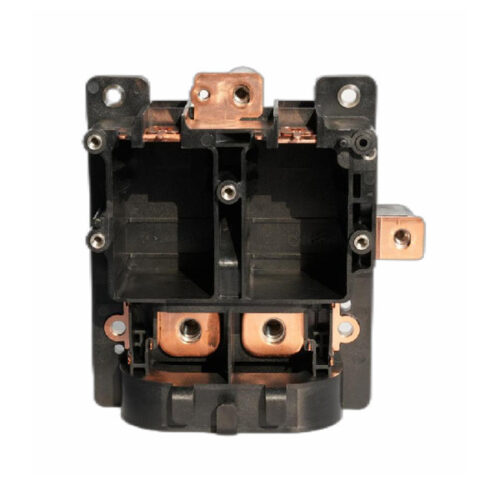
Filter copper bar assembly
-
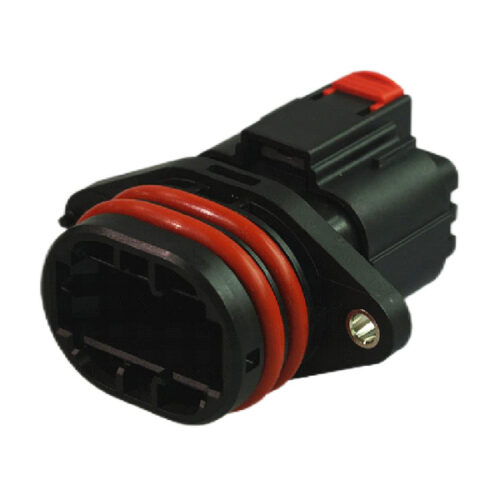
GE Series-12-core cylinder connector
-
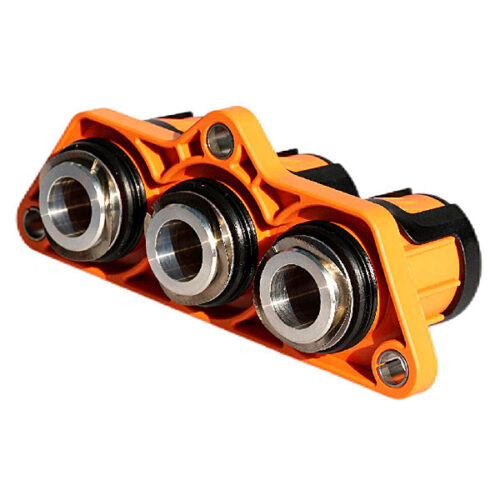
GIPT 3-core wiring connector
-
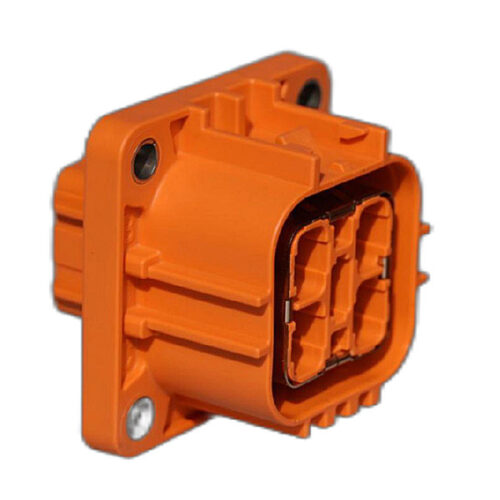
GH630 Series-4-core plastic high voltage connector
-
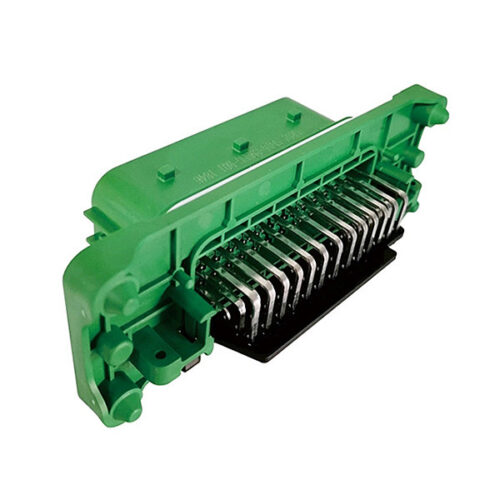
Rectangular connector-39 core socket
-
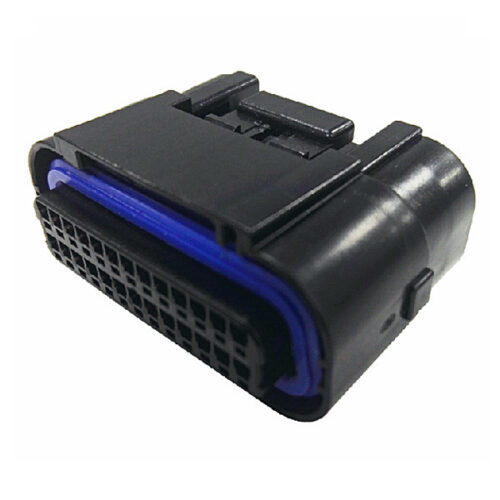
GE Series-18/26-core double-row signal connector
-
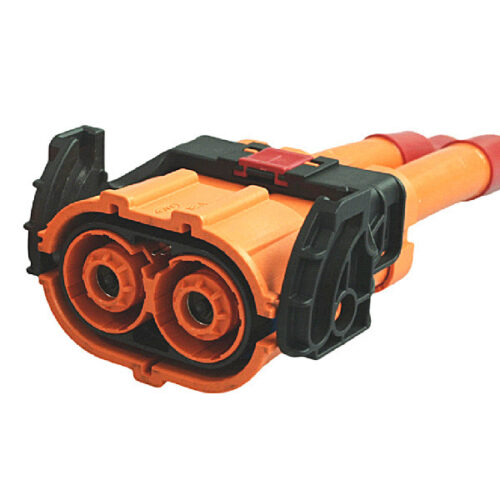
GH1000 Series-2-core plastic high voltage connector
